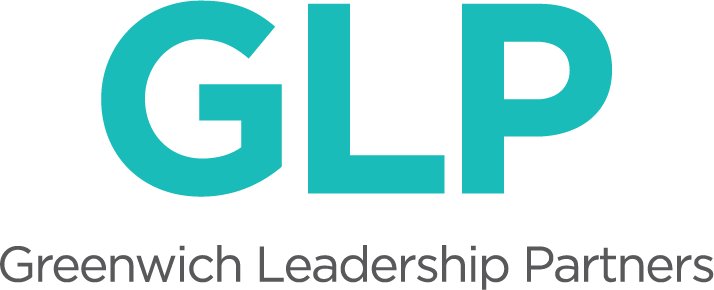If We Want to Reimagine the Model for School, We Must Reimagine the Model for Change
Change in organizations is hard but there are ways to make it easier, if we are willing to think differently about how we do it. And never has there been a more critical time for change in schools than now. Start by making the case for change, and then approach change in a whole new way. Here’s how in a nutshell:
Make the Case, or, Why We Need a New Model for School: As we struggle to catch up with the impact of automation, digitization and globalization, schools become increasingly shackled by their foundation in an industrial age model--a model designed for outcomes that no longer align with what most young people will need to thrive in the world. A compelling 15 minute video that may help start the conversation in your school has caught the attention of business and industry leaders and outlines exactly why this is the case; fast forwarding us to levels of unemployment and realities associated with the automation of white collar jobs with facts and data that are as sobering as they are stunning. We are in the midst of a revolution unlike anything we’ve seen before and education needs to catch up. But as we know, change is hard and people and systems don’t change unless there is good reason, even urgency, to do so.
Make it Happen, or, Why We Need a New Model for Change: In our work with schools, we have learned a lot about what it takes to catalyze and effect meaningful, even transformational change. Traditionally, schools approach change from the top-down by announcing solutions, new goals and initiatives and then working hard to create “buy in” and performance standards so teachers and administrators will be motivated to implement. Often these edicts are handed down and then micro-managed by Boards or other administrators far away from the actual people who do the work. When change is rolled out this way, results for all organizations are stunningly poor. We know for sure it doesn’t work in schools after more than thirty years of failed reform efforts. Why? Because the people most essential to making change happen are left out of the process.
Organizations and systems that change successfully do things a lot differently. A recent article by Gary Hamel and Michele Zanini examines successful change efforts in organizations and their analysis calls for a more organic process characterized by employee ownership for design, R&D and the testing of multiple and diverse solutions as a way of continuously improving. Sound like a typical school? Not from what we see, but the advice in this article is exactly what we call for when we work with schools interested in asking the most difficult questions about their core purpose and strategy. Once you’ve convinced people to talk about the reasons for change, here’s a snapshot of the advice Hamel and Zanini offer so you can get to work. Is your school or district doing this?
Specifically, effective change platforms:
- Encourage individuals to tackle significant organizational challenges; that is, those that are typically considered beyond an employee’s “pay grade” or sphere of influence
- Foster honest and forthright discussion of root causes and, in the process, develop a shared view of the thorniest barriers
- Elicit dozens (if not hundreds) of potential solutions rather than seeking to coalesce prematurely around a single approach; the goal is first to diverge, then to converge
- Focus on generating a portfolio of experiments that can be conducted locally to help prove or disprove the components of a more general solution, as opposed to developing a single grand design
- Encourage individuals to take personal responsibility for initiating the change they want to see and give them the resources and tools necessary to spur their thinking and imaginations
Tony Wagner has facilitated change efforts and witnessed the effects of this kind of change process inside of schools. Here’s his analysis of what works. And finally, Greenwich High School (which we have previously profiled here, here, and here) is a work in progress where this advice is being taken to heart. It's early yet, so we’ll keep you posted, but rest assured this school is learning and and invested in finding answers that work. Here is a link to their blog where they are continually updating and sharing about the exciting and hard work of change: http://ghsinnovationlab.com/
